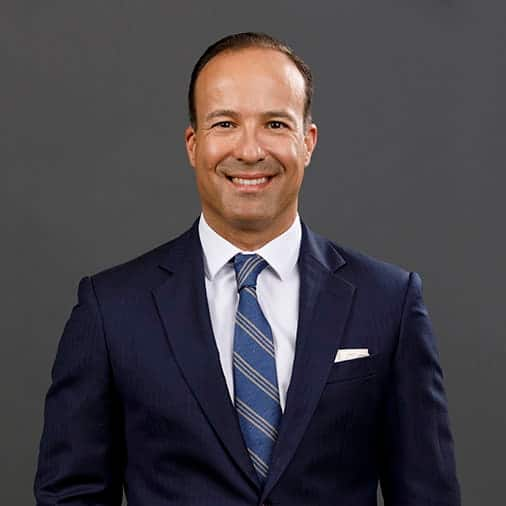International Debt Finance Intelligence Report 2024
Adjusting to a new normalSupplements
2023 – navigating the uncertainties
Sector focus

“In France, large cap transactions have decreased sharply in 2023 and the syndicated market was almost completely closed but the mid-market held up well. There is still a strong polarity between sectors with fierce competition on quality assets in the health and tech sectors where valuations remain high even if lower than 18 months ago. The industrials sector is also very active compared to previous years.”
Sophie Lok, Partner, France
Market share movements
Despite the growing adoption of private credit, given the liquidity, flexibility and the speed of execution these solutions have to offer, in 2023 we’ve seen a shift of market share towards bank financings in some regions across Europe. We did see more activity from funds in the second half of 2023, although overall activity was down for the year.
One of the key factors that’s undoubtably contributed to this shift is the higher interest rate environment because a business can only support so much leverage/debt/cash interest.
Points of "interest" from 2023
PIK toggles

“PIK toggles have obviously been a common feature of private credit deals for some time now, but they have really come into keen focus over the past couple of years, as sponsors look to address significant increases in cash interest cost. We have generally seen private credit lenders be pretty accommodating, and willing to offer flexible solutions to allow assets (albeit good quality assets) some headroom to cash interest cost for reasonably significant periods.”
Neil Campbell, Partner, UK
How is ESG influencing the mid-market?
Momentum has been building in the mid-market around ESG. Lenders and investors continue to hardwire ESG considerations into strategies and credit processes. Mid-market corporates are also increasingly aware of the benefits of engaging with the agenda as sustainability credentials are more likely to have a bearing on their access to credit and its pricing. As a result, we are continuing to see ESG-related terms and approaches evolve and we expect the same will continue into the year ahead.
Outlook and potential market trends

“We'll inevitably see an increasing number of 'the straw that breaks the camel's back' situations where an asset can no longer withstand the various pressures.”
Max Mayer, Partner, Netherlands

“Whether or not borrowers elect to do a full refinancing or simply kick the can down the road with an amend and extend remains to be seen. It will be interesting to see how the balance of traditional bank vs private credit fund lending to corporates might shift, given the slowly recovering interest rate environment but also the political uncertainties anticipated over the course of 2024.”
Charlotte Lewis-Williams, Partner, UK

“We expect a dual market where market participants will continue to focus on mid-market transactions and a deeper scrutiny of any prospective deal will be a must. Mezzanine financiers will likely gain back some momentum bridging liquidity gaps and, simultaneously, some work-outs and restructuring and refinancing processes will inevitably kick-off and run in parallel.”












